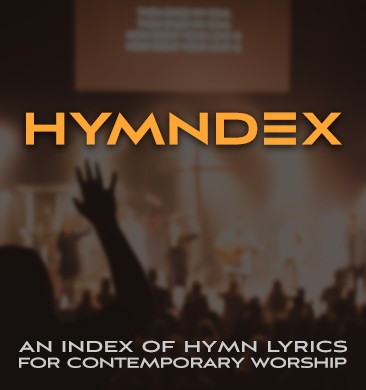What is a curator? A curator is generally an overseer who is responsible for, among other things managing content and selection in their organization. As worship pastors, we must be excellent at curating our songs constantly. Often, we notice that songs have “slipped through the cracks” and we are left wondering how in the world that particular song made it into our catalog. That’s something that a good curator fixes. So how do we decide what songs make it into the catalog of our churches? I would say that there are four tests a song must pass to make it into any given worship service.
Theology
It’s incredible how many of today’s Billboard Top 40 Christian songs are not really that theologically sound. And that’s putting it nicely. It’s important that we check out what the song is saying very carefully. There are often songs that can be very confusing to the people entrusted to us. Whether the song is misquoting the Bible or placing salvation on something other than Christ (both have been on the Billboard Top 5 in recent years), we absolutely cannot allow them to be used in the church.
Ability
It’s also important that we don’t select songs outside of our team’s ability. Our worship teams must absolutely be stretched. We must challenge our people and ourselves to be more skillful. However, picking a song that is too far outside of the skill level of your team members will do nothing but demoralize your group and create a less-than-excellent worship experience.
Quality
I got a pretty nasty look after saying this a few years ago, but there is a lot of Christian music that is just musically bad. It’s true. There is some with terribly-thought-out lyrics, and some with subpar musical quality. There are songs like this in every genre, but it seems like it sticks out more with Christian music. We need to make sure that the songs we are curating are musically and lyrically excellent. Settling for second-best is never acceptable.
Demographic
Choosing songs specifically for your target demographic is very important as well. Keep in mind that there are always exceptions, but you should be aiming for the majority of your target demographic. For example, you will probably never see a cowboy church bring in a keyboard and pads to do electronica. You will also reach a very small group of younger people when you use an organ to lead. You will not see a great response by doing bluegrass-y worship in the Northeast. Choose songs and styles that you know will work on your target demographic.









